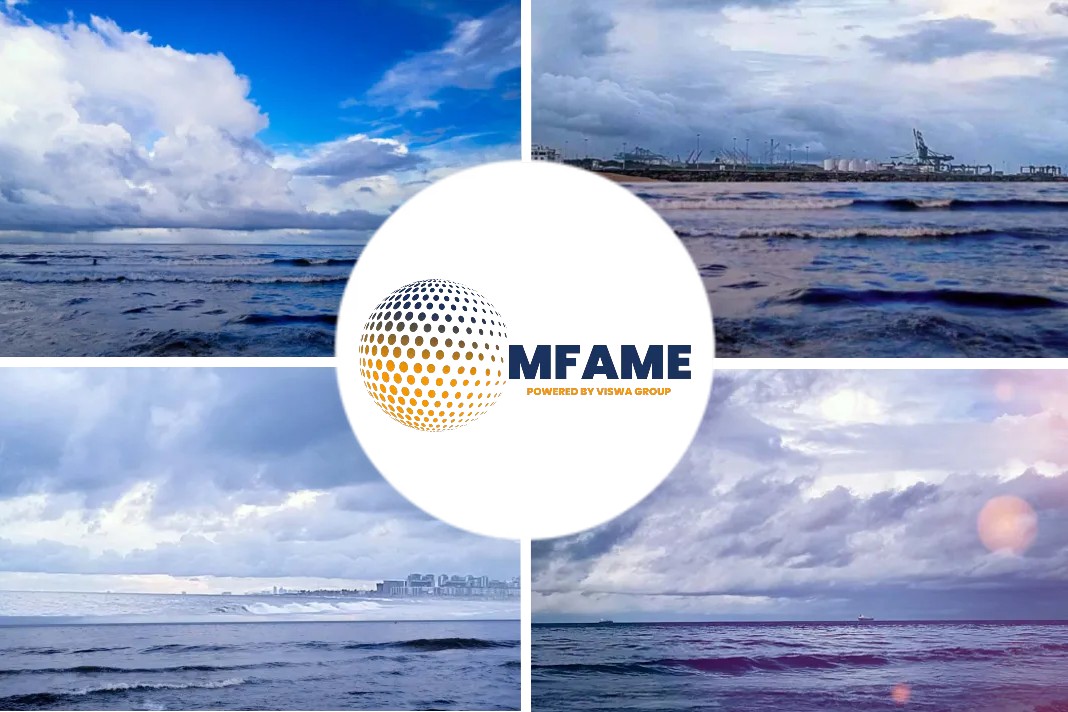- The coronavirus pandemic has shaken the global maritime transport.
- The pandemic waves have disrupted supply chains and cargo flows across the world. Global oil demand was severely hit.
- Tensions and disagreements regarding oil production between the OPEC and its allies exacerbated the oil supply-demand imbalance.
- All of a sudden, the world was flooded with oil and was running out of place to put it leading to a spike in demand for tankers that served as floating storage.
- While this sparked some good news for the tanker market, when the floating storage boom ended, the freight rates plummeted.
According to a recent news article published in the Signal Ocean written by the Signal Team, here are the sunny moments of the commercial shipping industry, the stormy moments, and all things in between.
How the shipping industry responded to a highly volatile year
Let us take a look selectively at a range of vessel segments and regions covering Crude Tankers, Product Tankers as well as Dry vessels.
Dirty Tankers – VLCCs
In the dirty tankers segment, TCE rates for VLCCs fluctuated from highs to lows within a few months.
This tanker segment had a positive momentum in March as crude exports increased driving VLCC demand and freight rates upwards.
Following a dramatic collapse of OPEC+ discussions on March 6th where Russia responded with “Nyet” to oil production cuts, Saudi Arabia announced that it would raise its crude output and offer market discounts.
In the Arabian Gulf to Asia route, specifically, TCE for VLCCs reached a record high in mid-March at $243K as the demand for VLCCs was high in Ras Tanura.
Also, concerns over an oversupply of oil due to the stalled economy caused by the pandemic forced traders to book tankers as floating storage driving VLCC demand further.
Clean Tankers – LR2s
The clean tanker segment, and LR2s specifically, had a disappointing start to the year in the Arabian Gulf.
LR2s, however, saw a massive increase in earnings out of the same region in April with TCE skyrocketing to $154k or just north of Worldscale 500.
The spike did not last long and rates declined but looking at the demand the number of fixtures remained at steadier levels compared to the crude market.
Dry Market – Capesizes
A revival of the Chinese steel industry depleted stocks of iron ore in the region, a key ingredient for steelmaking, and renewed the need for imports from Brazil.
After a weak first half for the Capesize segment, Brazil-China freight rates peaked in the beginning of the third quarter, with tonnage supply running low in Santos, as China engaged high ton-mile iron ore imports from Brazil.
China balances out global crude oil market
According to oil data analytics firm OilX, during 2020, China imported a total of 11.01 million bpd, a 8.5% increase compared to last year.
While China was the first country that was impacted by the covid-19 outbreak, it seems that it has since bounced back strong.
In fact, OilX argues that the world’s largest importer of crude oil is on track to be the only major country to raise its oil demand year-on-year.
In 2020, the high demand for crude oil in China was responsible for balancing out the lost demand from other regions providing support for the global crude oil market.
The Chinese imports
The Chinese imports increase of both crude oil and dry cargo, led to significant port congestion and difficulties in accommodating the high number of VLCCs and Capesize vessels.
The average waiting time for vessels that were waiting to discharge outside of Chinese ports ranged from several days to two weeks, leading, as a result, to an increase in Ton Days as illustrated in the graphs below.
Impact on bunker fuel prices
As the first wave of the pandemic started its ripple effect early in 2020, the industry experienced a substantial fall in bunker prices.
Compared to the start of the year, fuel prices dropped during the first five months of the year going from $400/mt to $276/mt for HSFO and from $648/mt to $216/mt for VLSFO.
At the beginning of the year, the average spread between VLSFO and HSFO was at $248. At the end of November, the spread between the two fuel types had been reduced to $60.
Treading in uncharted waters
As there is some glimpse of hope that stems from the news of an effective coronavirus vaccine, the shipping industry is looking for a global recovery that will undoubtedly take some time before the industry reaches pre-pandemic levels.
At the time that this article is written, all key agencies, IEA, EIA and OPEC, have lowered their oil demand forecasts for 2021 presenting a somewhat improved yet still gloomy outlook in months ahead.
As the world adjusts to this new normalcy and countries gradually open up economies, we expect calmer seas and that the long voyage to recovery will eventually begin with the product tankers segment.
Did you subscribe to our newsletter?
It’s free! Click here to Subscribe!
Source: Signal Ocean

























